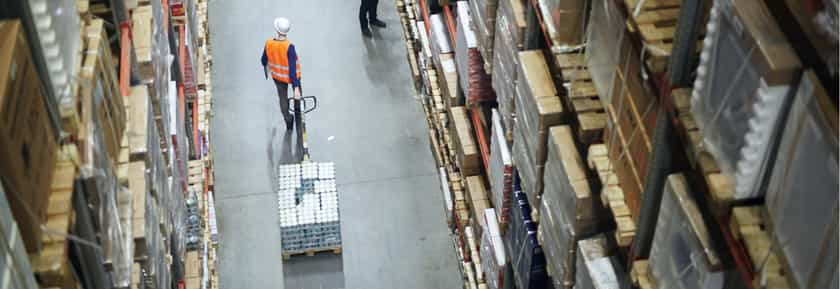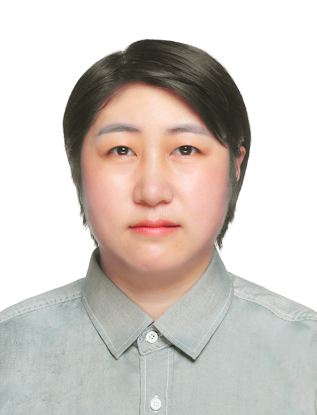Increasing labor cost, rising RMB exchange rate, bank exchange rate hiking, and drastic changes in export policies. These are only a few of the many rising costs that organizations in China, the "World's Factory", face today. This is putting a considerable strain on the traditional "family management model" used in many Chinese factories.
What is a Family Management Model?
As the name implies, the family management model is a family-run organization with members of the same the family in most of the primary leadership roles.
While family businesses are not a foreign concept to those in the West, they operate differently compared to Chinese family firms, which often put family first before anything else. This can be attributed to Confucian values that add a moral dimension to family relationships. As a result, families are often the foundations of many Chinese businesses and continue to be even several generations after their founding.
Within manufacturing in China, the primary production model is OEM—small to medium-sized factories that use manual labor-intensive workshops with family management. However, even big Chinese factories are run with the family management model because that is historically, what has worked best for them.
How Family-Based Production Management Slows Down Chinese Factories
Most family-run factories were founded by the head of the family decades ago, and, for the most part, have been quite successful. However, this model is not well-suited to the new business realities in China. That's because bosses in this traditional structure tend to be more concerned about maintaining the status quo and increasing sales numbers before anything else.
Many don't pay attention to internal management of the factories.
Because they lack systematic management approach and systems, management from the factory floor to office base their "success" on experience within their own families, without benchmarking against global industry best practices. They heavily rely on "experienced" staff to manage the teams, rather than put in place any standard working process.
However, without good production management processes, factories will see higher and higher turnover rates of their operators and office staff. In the long run, this will hurt the continuity of production and quality, leading to continuous increases in production and quality cost. In our work, we are even seeing many factories facing issues delivering on time due to poor capacity analysis and planning management.
Key Issues in Family-Run Factories & How to Solve Them
Staffing

Younger generations (born after 1990s) do not like working in factories regardless of salary. Instead, they prefer to work in places with "nicer" working conditions (e.g. offices, stores, supermarkets or hotels with air conditioning) and require a more "professional" appearance.
Because factories are reluctant to adapt their HR practices to the needs of new talent, it is getting more and more difficult to hire new operators and keep them working for a long time in the factories. Key operators in most Chinese factories today are over 40 (born in 1970s and before) and are likely to retire in 10-20 years—leaving factories with a shortage of labor.
Solution: Automation is part of the solution to this labor shortage but automation itself cannot solve everything, especially if the processes behind them are not optimized.
Production management must be updated away from the family management model, looking outside their own experience and circles to improve process flow and standard work. Otherwise, companies run the risk of automating its waste—exacerbating already-existing issues.
Additionally, offering better training, professional development and working conditions can help attract and retain younger workers.
Cash Flow

Poor management of cash flow, which is reflected in the high level of WIP, inventory or stock in factories. Most traditional factory owners feel these are assets when they are actually not. Having a high level of WIP, inventory or stock means excess working capital, indicating overall inefficiency in the organization.
Unfortunately, this is a key reason for many Chinese factories going bankrupt, a good supply chain management including planning management is a key to improve the cash flow.
Solution: Understanding cash flow is one of the most difficult mentalities to break with family management style owners. The best tactic is to focus on the cash that the owner does not have for keeping excessive inventory, and find solutions with the suppliers to guarantee regular deliveries to keep inventory down.
Focusing on process control will help cut down on WIP and product quickly from raw materials to shipping out.
Final Words
The approach to production management systems in China is gradually changing but it will take time for it to become a norm. If you feel that your supplier falls into the family management mold we described here, don't lose hope. Engage them as a partner and find solutions that work for both of you.
If you need help engaging with your suppliers and optimizing their operations, CMC's consultants are on-the-ground in China and are ready to assist. Schedule a call with us today.





